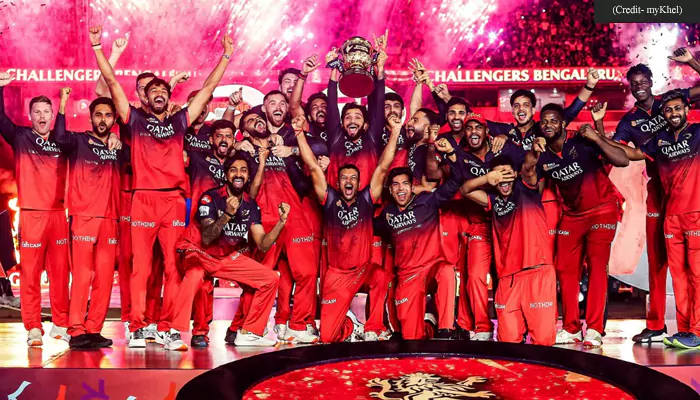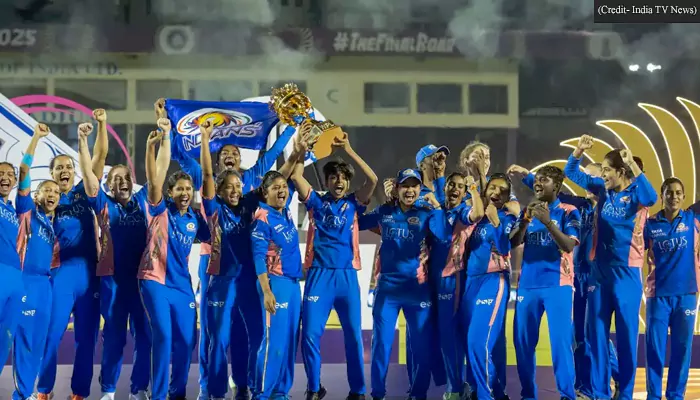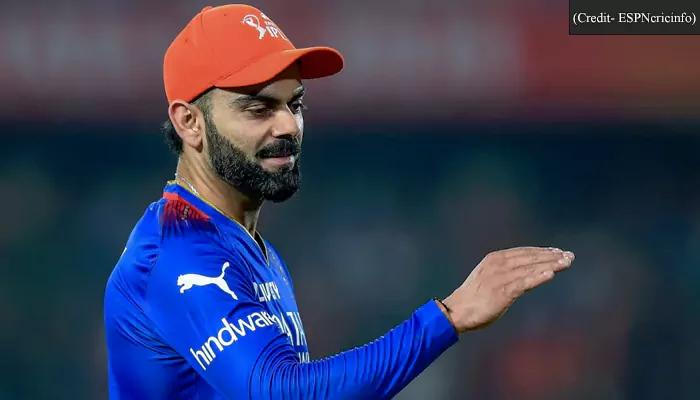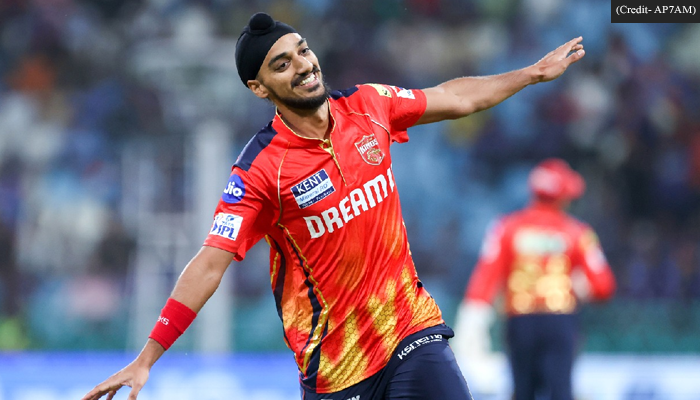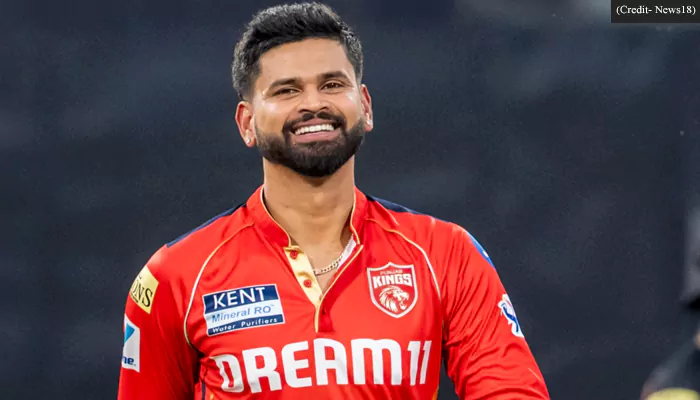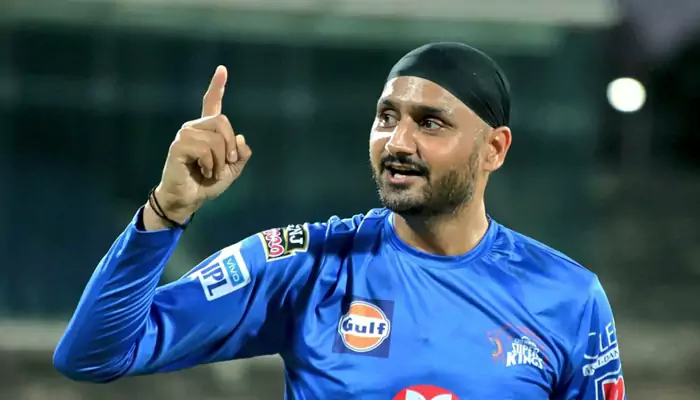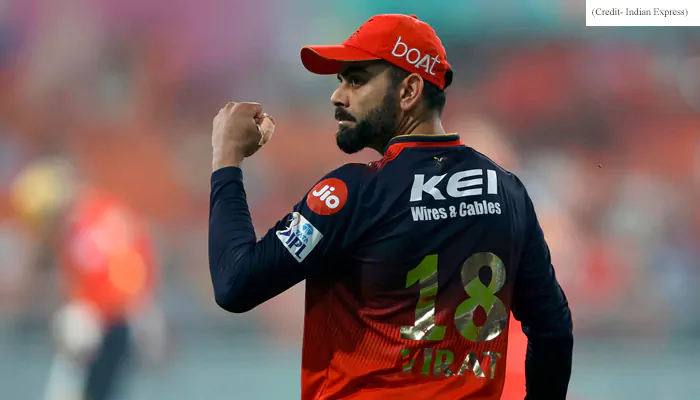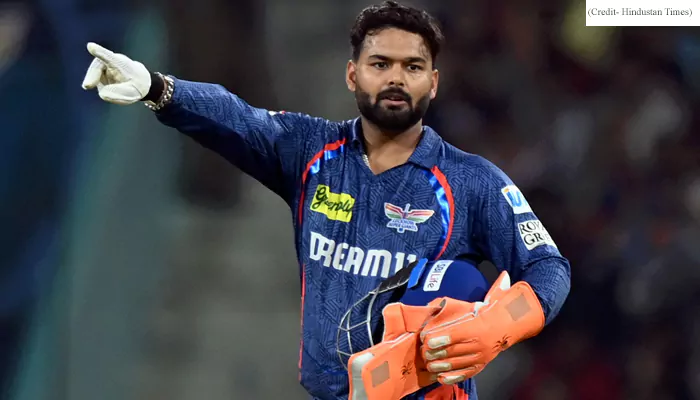
The first time Decision Review System (DRS) was used in the IPL was back in 2018.
The Indian Premier League (IPL) took a significant step towards enhancing fairness and accuracy in its eleventh season (2018) with the introduction of the Decision Review System (DRS). This technology, already a mainstay in international cricket, allows teams to challenge on-field umpiring decisions through video replays and ball-tracking.
A Dramatic Debut for DRS
The inaugural use of DRS in the IPL occurred during the opening match between the Chennai Super Kings and the Mumbai Indians at Wankhede Stadium, Mumbai. In a dramatic turn of events, Mumbai batsman Evin Lewis, facing a debutant bowler Deepak Chahar, was adjudged LBW by the umpire. Lewis, however, opted for a DRS review, hoping the ball might have missed the leg stump. Unfortunately for Lewis, Hawk-Eye, the technology used for tracking the ball’s trajectory, deemed it “umpire’s call,” and he was dismissed for a duck.
This incident marked a turning point for the BCCI’s (Board of Control for Cricket in India) stance on DRS.
.webp)
MS Dhoni using the Decision Review System (DRS)
Why the Delay for the IPL?
The IPL’s adoption of DRS wasn’t the first in T20 cricket. The Pakistan Super League (PSL) had already implemented the system during the playoffs of their 2017 season. On the international stage, the ICC (International Cricket Council) had only mandated DRS in T20 Internationals from October 2017 onwards. The Women’s World T20, scheduled for later that year in the West Indies, was also expected to utilize DRS.
India, interestingly, was one of the last major cricketing nations to embrace DRS. They only began using it for home Test matches during the 2016–17 series against England. According to an Indian match official, this delay stemmed from misconceptions within the BCCI regarding the system’s effectiveness in shorter formats. The official argued that a single wrong decision in T20s could significantly impact the outcome of a match, unlike Test cricket where time allows for potential corrections.
Addressing Concerns About Umpiring
The quality of umpiring, particularly by Indian officials, had also been a source of contention for some time. Several prominent players had expressed frustration over perceived inaccuracies and inconsistencies in on-field calls. In a noteworthy incident the previous year, MS Dhoni, then representing Rising Pune Supergiant, was fined for breaching the code of conduct by requesting a DRS review in a match against Mumbai Indians, despite knowing the system wasn’t available in the IPL at that time.
To address these concerns, the BCCI conducted a DRS workshop in December 2017 for ten Indian umpires.
The DRS uses cutting edge technology to ensure fairness in the game
Umpires Welcome the Change
The introduction of DRS was generally welcomed by the umpiring fraternity. They acknowledged that the system would alleviate pressure and ensure conclusive decisions based on video evidence, minimizing post-match player complaints about umpiring errors.
Who Pays for DRS in the IPL?
While the BCCI did not publicly disclose who would cover the costs associated with DRS in the IPL, international practice suggests that broadcasters typically shoulder this responsibility. Given Star India’s record-breaking $2.55 billion investment in acquiring IPL’s global media rights for the next five years, it’s likely they would have borne the expense of implementing DRS.
A New Era for Fair Play in the IPL
The arrival of DRS in the IPL marked a turning point, signifying the league’s commitment to fair play and technological advancements. With this new system in place, fans could expect a more accurate and just cricketing experience in the seasons to come.

